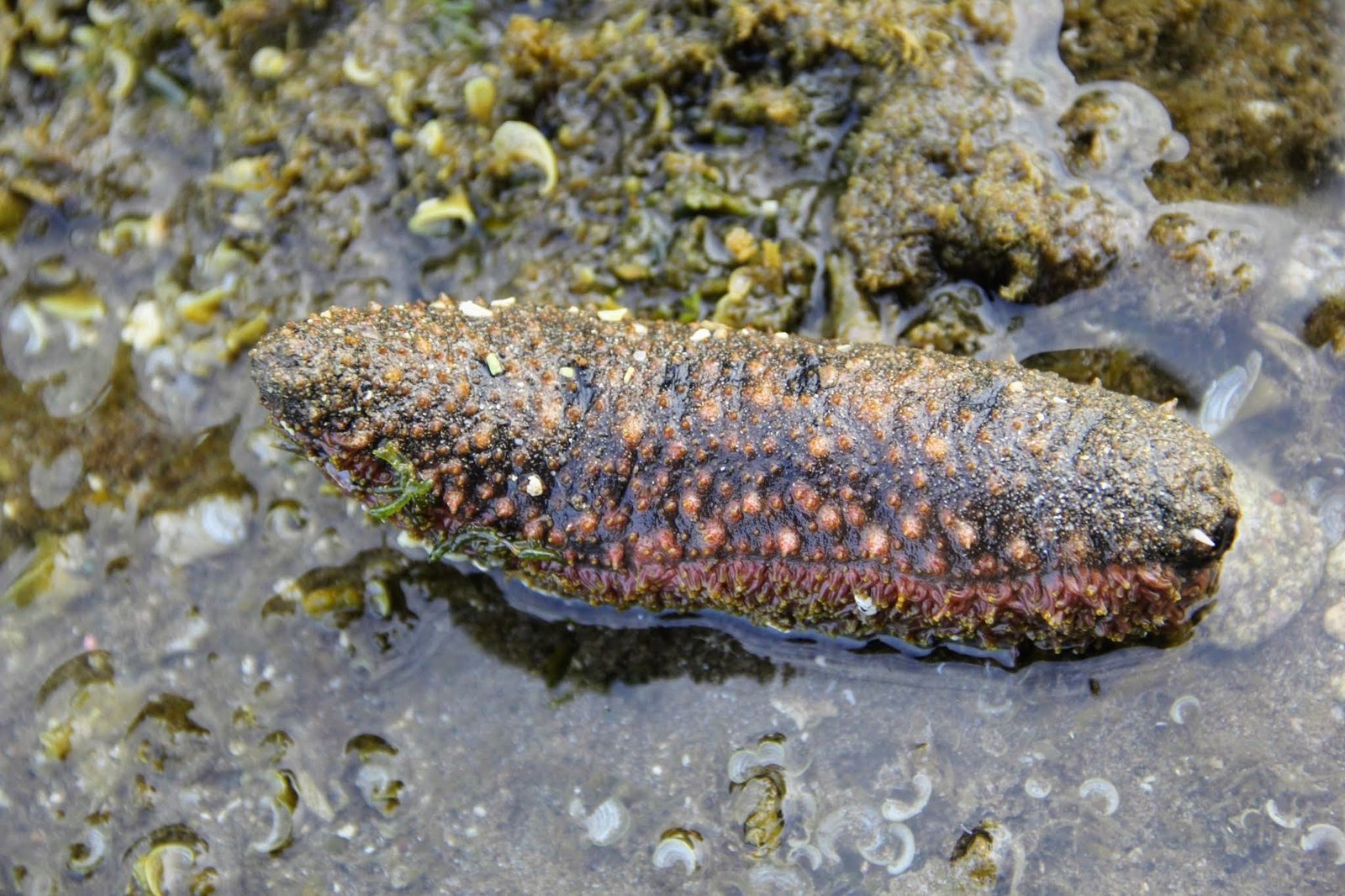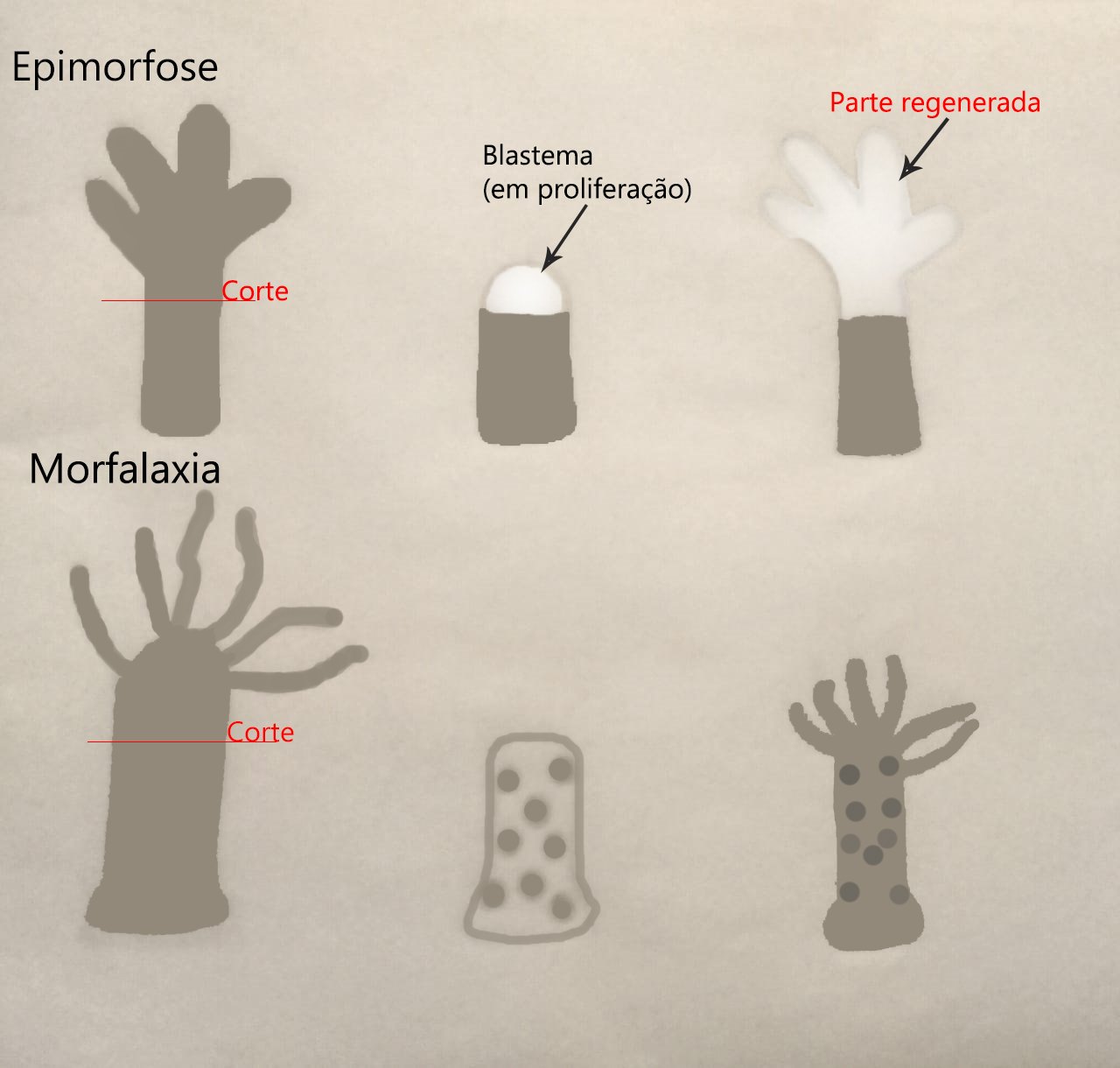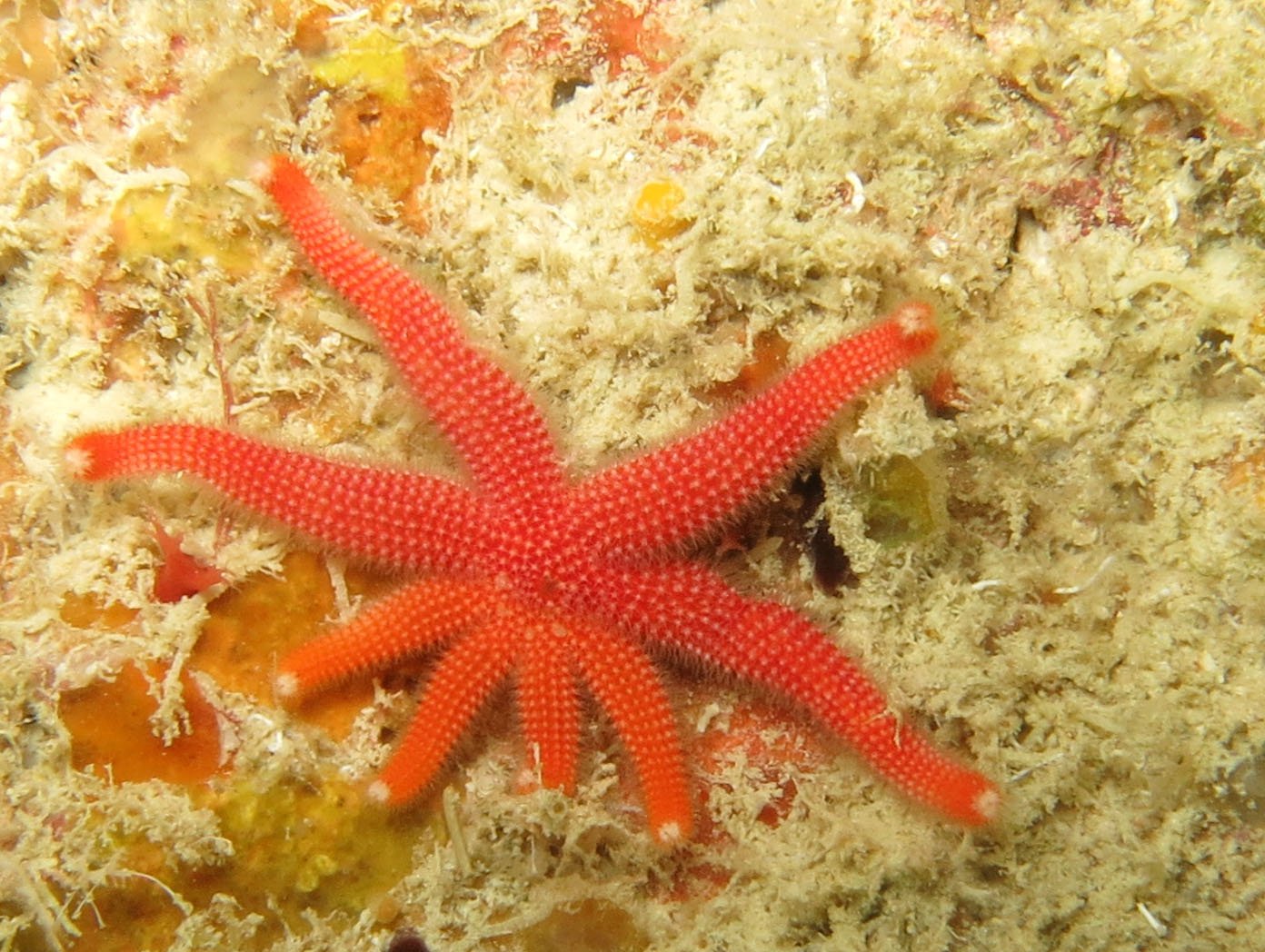Imagine a creature so astonishing, so seemingly magical, that it can tear itself into pieces and not only survive but thrive. In the dark mysteries of the ocean, where the rules of life often seem to twist and bend, this isn’t a fantasy—it’s reality. Some sea creatures have mastered the art of self-destruction and resurrection, leaving scientists both baffled and inspired. Picture witnessing an animal split itself in two, only to watch each fragment crawl away and regrow into a whole new being. It’s a spectacle that defies logic, yet it’s happening right now beneath the waves. What secrets does this astonishing ability hide, and what can it teach us about the extremes of life itself?
Astonishing Self-Destruction: Meet the Sea Star

Among the ocean’s most captivating residents is the humble sea star, commonly known as the starfish. Unlike the gentle creatures we see clinging to rocks at low tide, some species possess a shocking survival strategy called autotomy. When threatened by predators or environmental stress, a sea star can deliberately shed one of its own arms. This act of self-amputation isn’t just a desperate escape; it’s a calculated move that can save its life. What’s even more incredible is that both the main body and the detached arm can regenerate, with the arm eventually growing a new central disc and becoming a whole new starfish. This means that what looks like self-destruction is actually a mind-blowing reproductive trick.
The Science Behind Regeneration

The process of regeneration in sea stars is nothing short of astonishing. When an arm is lost, specialized cells called “undifferentiated cells” swarm to the injury site. These cells, much like stem cells in humans, can transform into any tissue the body needs. Over weeks or months, they rebuild muscles, nerves, skin, and even the intricate water vascular system that powers the starfish’s movement. Unlike most animals, sea stars don’t scar or suffer permanent injury from this process. Instead, the new limb grows back almost indistinguishable from the original, allowing the sea star to continue its life as if nothing happened.
Why Rip Themselves Apart?

Why would a creature voluntarily split itself apart? For sea stars, the answer often lies in survival. When a predator latches onto one of their arms, autotomy allows them to sacrifice a part to save the whole. It’s like a lizard dropping its tail to escape a bird—except, in the sea star’s case, both parts can live on. In some species, this strategy goes a step further: reproduction. By intentionally breaking themselves in half, certain sea stars can double their numbers without needing a mate. This asexual reproduction means that even a solitary individual can repopulate an area devastated by storms or predators.
Other Masters of Self-Destruction

Sea stars aren’t the only ocean dwellers capable of this remarkable feat. Sea cucumbers, for example, can expel their internal organs when threatened and later regrow them, a process known as evisceration. Some brittle stars and certain types of worms can also regenerate lost body parts, though not always as completely as sea stars. Scientists are continually amazed by the variety of creatures that use self-destruction as a survival tool. Each species seems to have developed its own twist on the theme, adapting the basic idea to fit its unique ecological niche.
The Cellular Magic: How Do They Do It?

The real magic happens at the cellular level. When a sea star loses a limb, the cells at the wound edge become highly active, multiplying rapidly and forming a mass called a blastema. This structure acts as a “construction site” for the new limb. Genes that are usually dormant suddenly switch on, directing cells to rebuild bones, nerves, and skin. Remarkably, this process is tightly controlled, preventing runaway growth that could lead to tumors. Scientists believe that understanding these genetic controls could one day help humans regrow lost tissues or even limbs.
Evolutionary Advantages in a Dangerous World

Life in the ocean is perilous, filled with hungry predators and sudden environmental changes. The ability to rip oneself apart and survive offers a powerful evolutionary advantage. For sea stars, it means they can escape attacks, recover from injuries, and reproduce even when isolated. This resilience has helped them flourish in environments ranging from shallow tide pools to the abyssal depths. Over millions of years, natural selection has honed this strategy, making sea stars some of the ocean’s most adaptable survivors.
Regeneration and Reproduction: Two Sides of the Same Coin
In some sea star species, regeneration isn’t just about survival—it’s central to their reproductive strategy. Certain sea stars routinely split themselves apart, with each half regenerating the missing parts to become a complete individual. This form of asexual reproduction allows populations to explode rapidly when conditions are right. It’s a remarkable example of nature’s ingenuity, blurring the line between injury and multiplication. By using regeneration for both healing and reproduction, these creatures have found a way to turn a potential disaster into an opportunity.
Implications for Human Medicine
The regeneration abilities of sea stars have captured the imagination of scientists hoping to unlock similar powers for humans. If we could understand and replicate the cellular and genetic mechanisms that allow sea stars to rebuild lost limbs, it could revolutionize medicine. Imagine regrowing a lost finger or healing spinal cord injuries. While we are still far from such breakthroughs, research into sea star regeneration is providing valuable clues. It’s a field filled with promise and excitement, where the secrets of the sea might one day transform human health.
Challenges and Mysteries Remaining
Despite decades of research, many mysteries about sea star regeneration remain unsolved. Why are some species better at it than others? How do their cells know exactly where to grow and when to stop? What triggers the astonishing transformation from regular tissue to regenerative powerhouse? The answers to these questions could have profound implications not just for biology, but for our understanding of life itself. Scientists are racing to uncover the hidden codes within sea star DNA, hoping to translate their findings into practical benefits.
The Lasting Wonder of Ocean Life

There is something undeniably awe-inspiring about a creature that can rip itself apart and keep on living. It challenges our assumptions about what life can endure and adapt to. The sea star’s story is a reminder that nature often hides its greatest wonders in the places we least expect. Whether you’re a scientist, a nature lover, or simply someone who marvels at the resilience of life, the sea star’s ability to survive and thrive against all odds is both humbling and inspiring. It’s a testament to the boundless creativity of evolution and a call to look closer at the mysteries that still wait beneath the waves.




